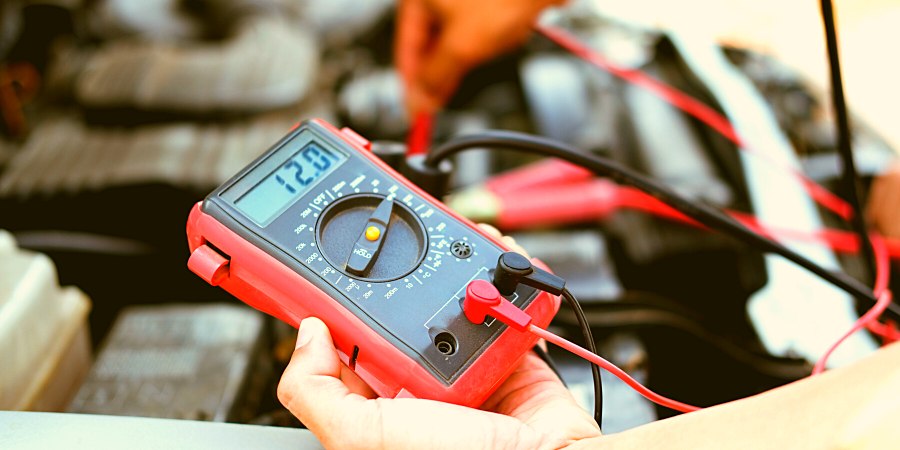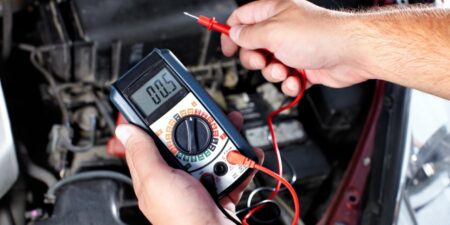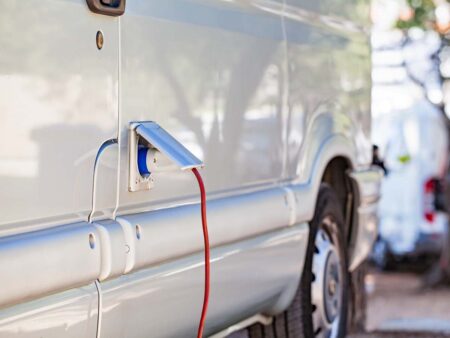Electricity is the lifeblood of your camping experience. When an electrical component in your RV malfunctions, you have the ability to diagnose the issue using simple tools.
Below, I’ve outlined the steps necessary to test electrical systems in your RV.
Adding to this, understanding the basic layout of your RV’s electrical system and having a basic toolkit can significantly streamline the troubleshooting process. Regular testing not only helps in immediate repairs but also in maintaining the overall health of your RV’s electrical system.
RV Electrical Systems
Our article on RV electrical systems described the two sources of electricity in your RV: 12-volt direct current (DC) from a battery and 110-volt alternating current (AC) from “shore power,” the same electrical source as your home.
The voltage (power) is different, but the two systems work similarly: electricity is electricity.
Electrical systems are intentionally designed with a weak link, a component that will fail first: fuses or circuit breakers. If an appliance quits, for example, the first step to repairing it is to check for a fuse or circuit breaker. A fuse can be tested for continuity.
A circuit breaker automatically turns itself on and only needs to be reset rather than replaced.
The three types of electrical testers for consumers are a continuity tester, a circuit tester, and a multimeter (VOM). All are easy to find and operate, typically coming with printed instructions.
You’ll find a variety of electrical test tools at hardware stores, auto parts stores, and large discount stores. Shop around and ask for help. You’ll probably keep and use your first electrical test equipment for years. Here’s how to perform easy electrical tests:
Continuity Tester
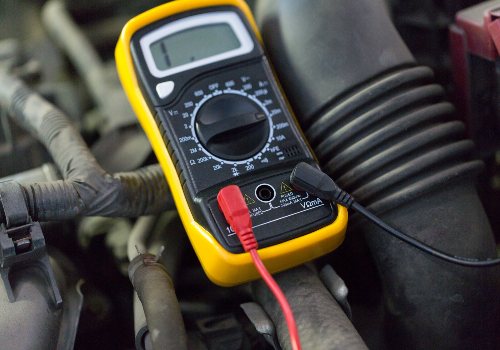
Electricity needs a continuous path or circuit to flow. It’s like a two-lane road from point A to point B and back. If one or both lanes are blocked, traffic — in this case, electricity — stops. A continuity tester is useful for checking electrical cords and wires to make sure they can conduct electricity.
To test for continuity, follow these steps:
- Disconnect the appliance cord from the power source (electrical receptacle or outlet).
- Turn ON any switches on the device.
- Attach the alligator clip to one prong of the cord.
- Touch the tip of the continuity tester to the other prong. If there is continuity, the tester will light up. If not, it won’t.
Here’s how it works: The continuity tester sends electricity from an internal battery through one cord prong and down the wires. If the continuity tester light gets an electrical current from the other prong, it illuminates, indicating that the path is complete.
Otherwise, something, like a broken wire or component, is stopping it. You can remove the cord from the appliance and test each of the two wires separately to see which one doesn’t work. If both work, the short is in the appliance itself.
Want to Connect With a Community of Over 1,078 RV Enthusiasts?
You can buy a continuity tester for under $15.
A circuit tester is simply a continuity tester without an internal battery. It uses the device’s electricity to power it. Be careful using a circuit tester and follow the manufacturer’s instructions for safety.
Multimeter
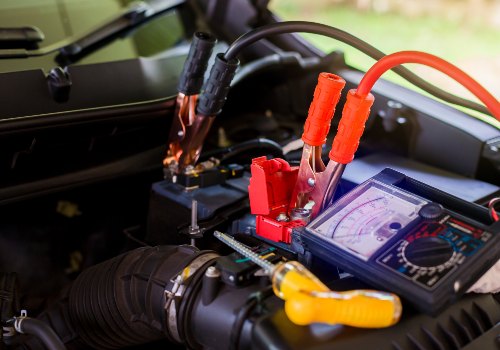
A multimeter (also called a volt-ohmmeter or VOM) is another way of testing continuity. It also can measure the amount of 110-volt alternating current or 12-volt direct current in a plugged-in or live circuit. It can check voltage, too.
For example, a multimeter can verify that there are about 110 volts in an AC circuit or that a 12-volt battery is fully charged. In addition, a multimeter can check resistance. A continuity tester checks resistance but answers yes or no.
A multimeter checks resistance and reports how many ohms (the measurement of resistance) a circuit carries.
- Customer Service: KAIWEETS provides a lifetime after sale service and technical support. This digital multimeter is included with…
- Multi-Function: This multimeter can test AC/DC Voltage, DC current (Can not for AC current), Resistance, Continuity, Diode…
- Sensitive Test: Please make sure the rotary switch is located at the right test range. Data hold function, backlight function…
- Safety Operation: IEC Rated CAT III 600V, CE and RoHS certified. Anti-Burn with double fuses. This multimeter has overload…
- Widely Used: The Digital Multimeter is designed to be safe and accurate, and suitable for electrician test, household use,…
RV Troop Tip
Troubleshooting some devices may not even require that you use a multimeter. Many major appliances have fault codes that you can read and decipher using the owner’s manual. You press a button or two, read the resulting code, and look it up for repair instructions. And, if you don’t have the original owner’s manual nearby, search for it online. Multimeters are relatively inexpensive. The analog unit shown was $10 and the digital multimeter was $20, though you can pay $50 or more for more accurate models.
You can use a multimeter to test motors, electrical outlets, switches, controllers, appliances, and other electrical gadgets. Specific instructions will come with the multimeter you purchase.
Here’s how to use a multimeter to test an electric appliance:
- Disconnect the appliance cord from the power source, except when testing a live circuit.
- Plug the test leads into the multimeter.
- Select the function (ACV, DVC, resistance) and the range (maximum reading expected).
- Connect the probes to the cord or appliance component.
- Interpret the reading.
How to Test an RV/Camper 12v Converter Simply (Video)
"Man cannot discover new oceans unless he has the courage to lose sight of the shore."
-- Andre Gide

